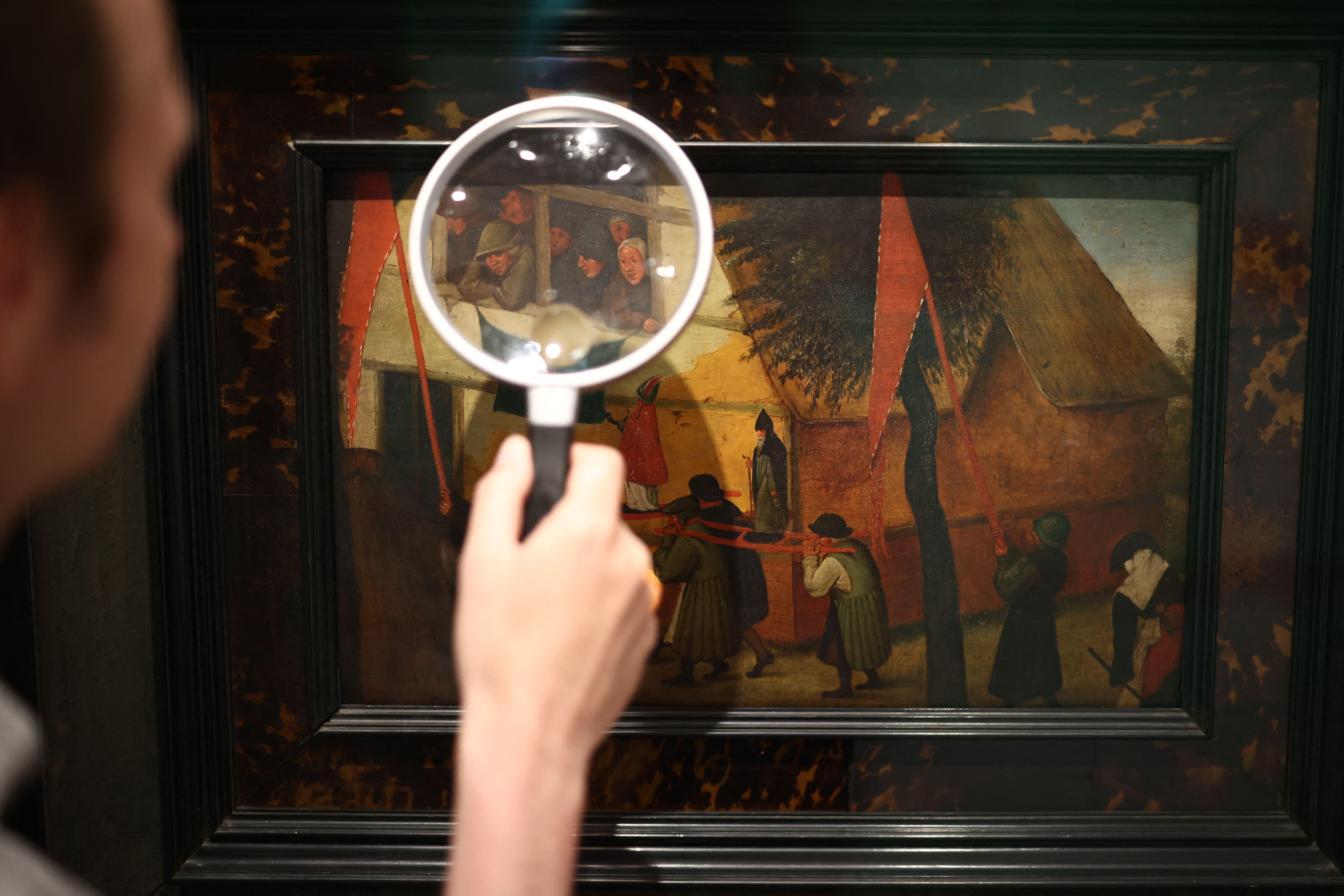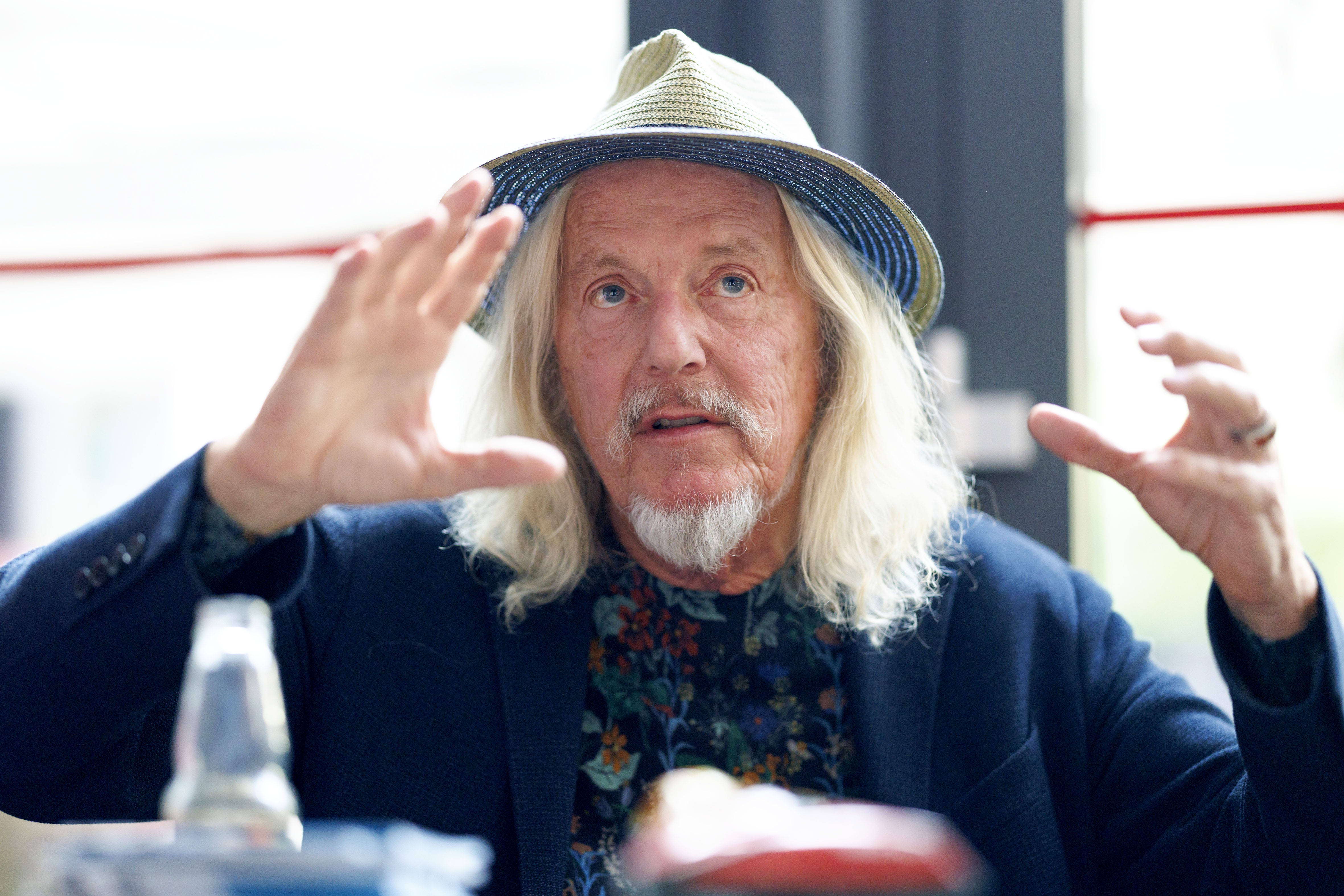Ghent researchers develop new methods to detect art forgeries

Researchers at Ghent University are developing advanced techniques to detect art forgeries, according to science magazine Eos. The Artdetect project integrates technologies such as infrared reflectography, hyperspectral imaging and AI to systematically analyse suspect artworks.
With forgeries increasingly troubling experts, law enforcement, auction houses and museums, the project aims to provide digital tools and risk assessments to improve detection.
Led by Professor Anna Tummers, the project is using hyperspectral cameras and X-ray fluorescence scanning to examine 20 known forgeries and 40 reference works. The aim is to identify key risk indicators and improve authentication techniques.
"30 per cent of all art for sale is fake …Every museum unknowingly has a few forgeries"
Art detective Arthur Brand warns that detecting forgeries remains a cat-and-mouse game as forgers refine their techniques.
"I always say that 30 per cent of all the art for sale - whether from an auction house or a dealer - is fake. A lot of people think that's high, but some experts think it's even higher," Brand says. "Every museum unknowingly has a few forgeries."
Organised crime
Tummers highlights the links between art crime and organised crime, noting that forgery, illegal excavation and theft are lucrative in the unregulated art market. "With Artdetect, we hope to make a wider social contribution to tackling these issues," she says.
Art forgery has long been a lucrative and sometimes notorious craft. Some forgers have gained worldwide notoriety for their skill, successfully defrauding museums, collectors and even governments.

One of the most famous forgers in history, Han van Meegeren, produced paintings in the style of Johannes Vermeer. Even the notorious Nazi leader and art lover Hermann Göring owned a "Vermeer" that was later revealed to be the work of the Dutchman.

Similarly, Wolfgang Beltracchi, a master of mimicry, forged paintings by Max Ernst, Fernand Léger and others, amassing millions before a mistake in the chemical composition of his paint exposed him. He had painted a Molzahn forgery, supposedly from the early 1920s, using a pigment that had only been invented in 1957.
Hungarian forger Elmyr de Hory imitated the styles of Pablo Picasso, Amedeo Modigliani and Henri Matisse and successfully sold hundreds of forgeries to unsuspecting galleries.
'Legal forgeries'
John Myatt specialised in forging works in the style of Alberto Giacometti, Roger Bissiere and Nicholas De Stael, with the help of his accomplice John Drewe, who produced false provenance documents. Myatt later made peace with his past by producing "legal forgeries".
Tom Keating, who favoured Rembrandt and John Constable, embedded hidden messages in his paintings, deliberately exposing the flaws of the art market. Meanwhile, Mark Landis never profited from his forgeries, instead donating them to museums to avoid legal repercussions; his motives remain a mystery.
#FlandersNewsService | © HENRY NICHOLLS / AFP
Related News

